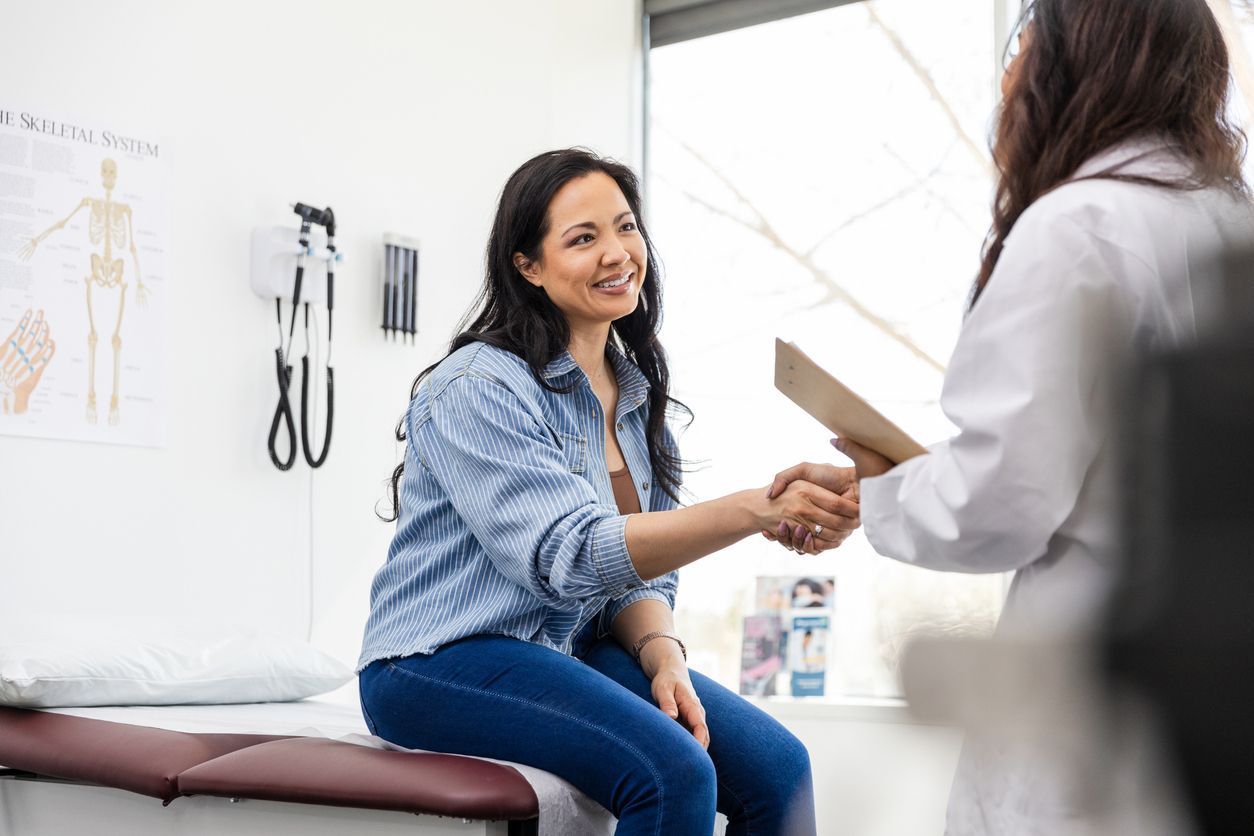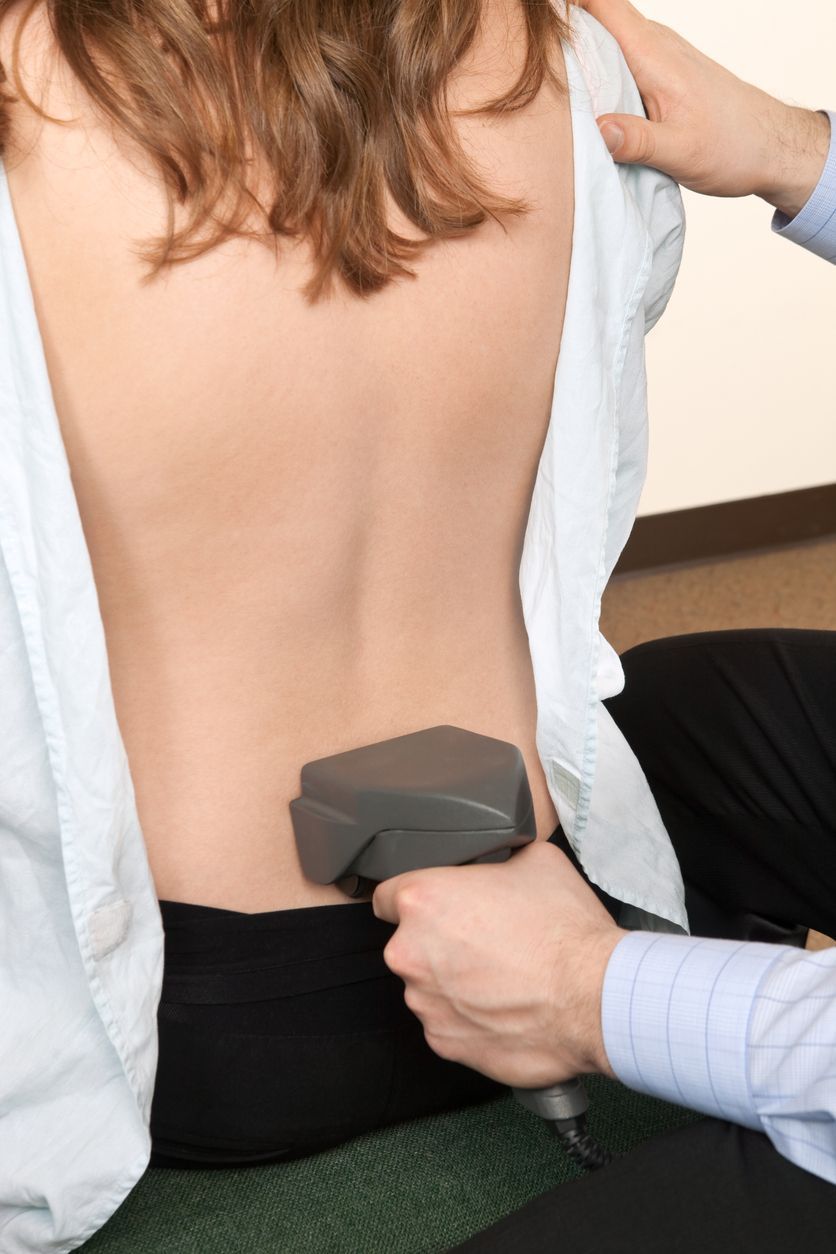Debunking Common Misconceptions About Thermography
Breast thermography is a safe, non-invasive, and radiation-free imaging technology that captures heat patterns on the surface of the body using infrared imaging. These thermal patterns can provide valuable information about blood flow and temperature variations which may reflect underlying physiological changes in the breast tissue.
Unlike structural imaging methods, thermography focuses on functional changes, helping to identify areas that may benefit from further evaluation or closer monitoring. It offers an additional perspective in women's breast health care and supports a proactive approach to wellness. Below are some common myths about thermography, clarified:
Myth: Thermography Detects Cancer
Thermography, does not diagnose cancer. Instead, it records subtle heat variations that may indicate physiological changes within the breast. These changes can be useful when compared overtime, allowing both patients and healthcare providers to monitor stability or identifying developing patterns that may warrant additional follow-up
Myth: Thermography Replaces Mammography
Thermography is not a replacement for mammography. However, it provides unique, complimentary information about the body's thermal activity and is best used as part of a comprehensive multi-modal approach to breast health. Many women choose thermography as an additional tool to support early awareness and ongoing monitoring.
Myth: Thermography Is as Anatomically Detailed as a CT Scan
Thermography does not show anatomical structures or internal tissues. Instead, it images the surface temperature of the skin, translating heat patterns into color-coded images called thermograms. These thermograms reflect physiological processes occurring at the skin's and in the vascular and nervous systems just beneath it.
Myth: Thermography Works the Same for Everyone
Every person's physiology is unique, and thermography reflects those individual patterns. Factors such as hormonal balance, lifestyle, and circulation can all influence a thermographic image. Experienced thermographers are trained to interpret these variations and establish a personal baseline for each client, allowing future comparisons to be both meaningful and precise.
Myth: You Are Exposed to Radiation in Thermography
The fact is that thermography is 100% radiation-free, unlike other diagnostic tools like X-rays and mammograms. This is why it is gaining popularity, especially among women who want to avoid radiation exposure.
Myth: Thermography Isn't Accurate
When preformed under controlled conditions by a certified thermographer using FDA-cleared equipment, thermography is a highly sensitive imaging procedure. Consistent follow-up and professional interpretation enhance its value as part of an ongoing breast health program. The strength of thermography lie in its ability to document change over time, empowering women with actionable information about their own physiology
Myth: Thermography Can Only Be Used to Detect Breast Cancer
Although thermography is gaining popularity as one of the tools used to diagnose breast cancer , it can also be used to detect the following:
- Circulatory changes, which may suggest area of vascular imbalance or altered blood flow.
- Inflammatory activity, which can appear as localized areas of increased heat.
- Neuropathy and musculoskeletal syndromes.
- Digestive or abdominal heat variations, which may indicate localized irritation or imbalance.
- Lymphatic or hormonal influences, which can affect symmetry and temperature balance.
- Endocrine disorders can also be detected by thermography, which can help assess hormonal changes and thyroid dysfunction.
- Skin conditions which may correspond with areas of healing, irritation or skin lesions.
Myth: Thermography Is Painful or Uncomfortable
Nothing could be further from the truth. Breast thermography is a completely non-invasive and painless procedure. During the imaging session, you simply stand in front of a specialized infrared camera while thermal images area captured-no compression, contact, or radiation involved. The experience is quick, comfortable, and empowering. Thermography offers a safe way to monitor changes in breast physiology and supports a proactive approach to long-term breast health













